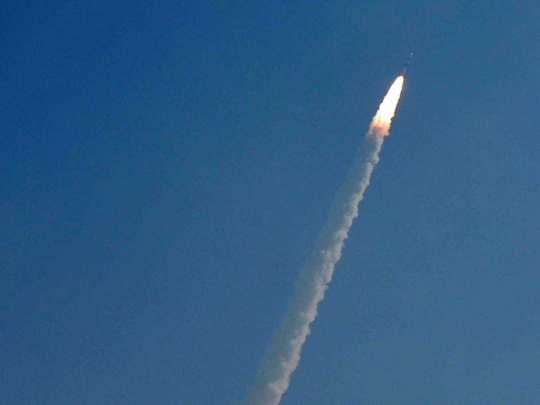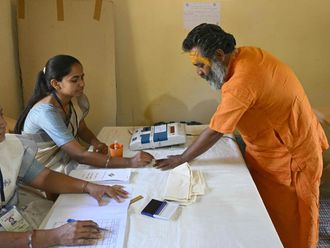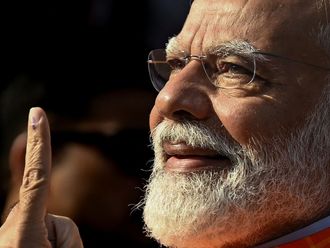
Sriharikota, Andhra Pradesh: India on Wednesday morning successfully put into orbit its own earth observation satellite, Resourcesat-2A.
“Today we had a successful launch of Resourcesat-2A to provide three-tier imaging data. The satellites solar panels were deployed. The launch was perfect,” A.S. Kiran Kumar, Chairman, Indian Space Research Organisation (Isro), said soon after the launch.
Kumar said that, for the first time, a camera was put on the rocket and, as a result, the launch of the satellite and the deployment of solar panels were seen.
Around 10.25 am, the PSLV-XL variant rocket standing 44.4 metres tall and weighing 321 tonnes blasted off into the morning skies. Around 18 minutes into the flight, the rocket slung the 1,235-kg Resourcesat-2A into an 817-km polar sun synchronous orbit.
The PSLV rocket is a four-stage rocket powered by solid and liquid fuel alternatively.
According to Isro, Resourcesat-2A is a follow-on mission to Resourcesat-1 and Resourcesat-2, launched in 2003 and 2011 respectively.
The new satellite Resourcesat-2A is intended to continue the remote sensing data services to global users provided by its two predecessors.
The Resourcesat-2A carries three payloads which are similar to those of the earlier two Resourcesats. They are a high-resolution Linear Imaging Self Scanner camera operating in three spectral bands in the Visible and Near Infrared Region.
The satellite also carries two solid state recorders with a capacity of 200 Gigabits each to store the images taken by its cameras.
The mission life of Resourcesat-2A is five years.












